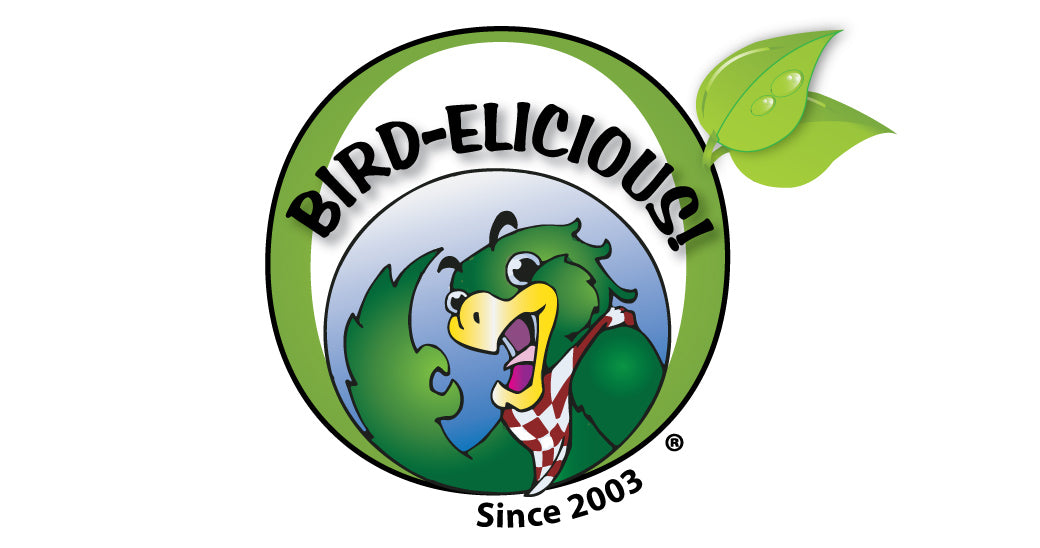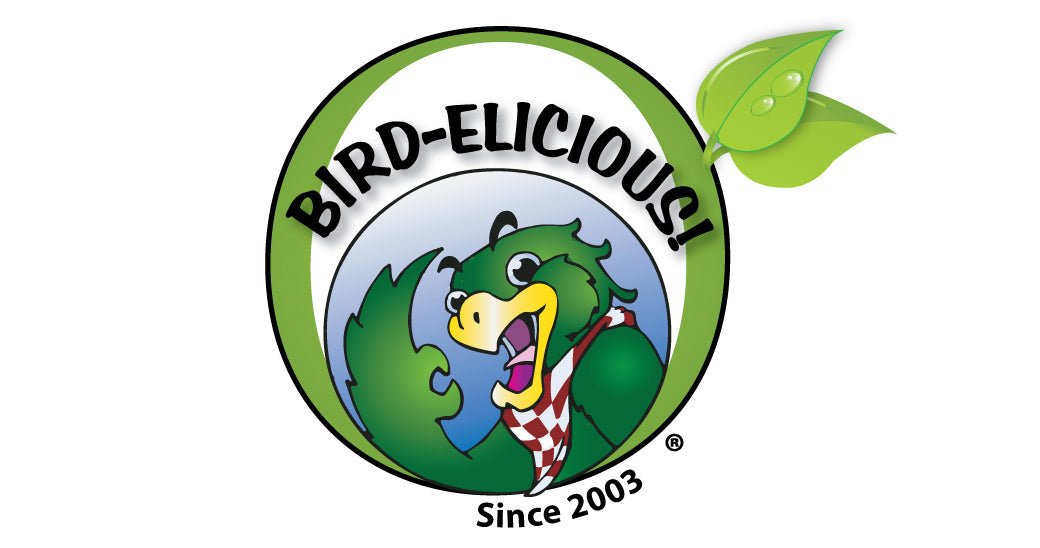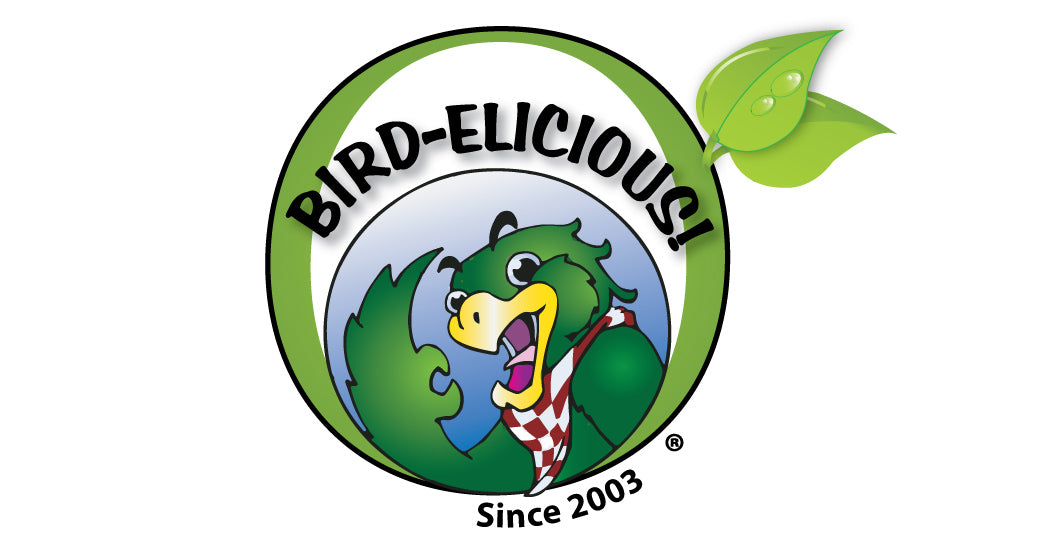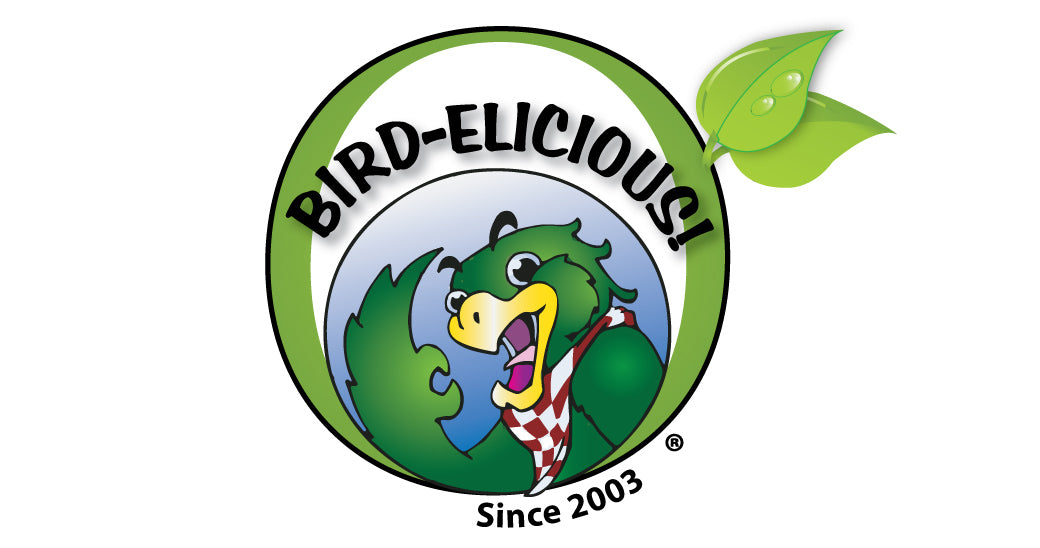Sinus Infections in Exotic Birds ~
…and Other Disturbing Disorders, Illnesses & Diseases
Does your feathered friend often have a sinus infection? Do you know someone’s bird who does?
Folks this isn’t normal.
If you think that simply flushing a bird’s sinuses is the solution, then someone hasn’t given you the right information.
Anytime a bird shows a chronic symptom like runny eyes, dripping nares, or crusty eyes and nares it’s time to consider there is an underlying root cause. In other words, that bird’s body is trying to say something about the overall health of that bird. We should listen!
In my years of working with these beloved creatures, I have found that many of these birds are very sensitive to auto-immune problems brought on by improper diets. I know, I know you constantly read articles I write about “disorders and illnesses due to dietary reasons”, but folks it’s true! “Let food by thy medicine and medicine by thy food” is the infamous Hippocrates quote.
Decades upon decades we have been feeding these wild-at-heart exotic feathered creatures improperly, much like mammals when they aren’t mammals at all! In fact, these magnificent creatures belong to the class of aves, a very special class of aves that should have never, never been compared to poultry, but unfortunately, they have been. Poultry are Galliformes and parrots are Psittacines. The distinctions lay in the digestive tract with poultry having the organ known as “ceca” and parrots having no ceca at all. Not to mention that poultry spend all of their time on the ground and parrots spend the majority of their time in the canopy of the respective forests they originate in. These two factors alone dictate completely different diets.
Unfortunately someone way back when parrots began finding their way into our homes thought it would be a good idea to feed these wild-at-heart creatures much like poultry and that further evolved into feeding them much like humans. Very sad for parrots who require a high carbohydrate diet specific to certain types of fibers to thrive, but no one ever really gave that much thought.
So on with the seed diets overly high in Omega 6s, on with the diets high in grain which contain dead starches, on with the diets high in wheat which contain gluten, on with the diets high in cooked legumes that contain loads of lectins. All of these items, when fed in high amounts, contribute to the avian leaky gut which in turn contribute to auto-immune disorders. Follow the normal order of health problems and our birds are very likely to encounter chronic sinus infections, chronic yeast infections, and more. Eventually, these chronic infections lead to more serious illnesses like liver disease, kidney disease, cardiovascular disease, feather destruction and sometimes seizures and/or self-mutilation.
If you think getting your bird off seeds, grains, wheat, and legumes and on to vegetables will solve the above problems, think again. A whole new problem potentially arises by feeding botanically classified vegetables.
Because parrots do not have ceca and do not produce the digestive enzyme “cellulase” in which to break down “cellulose” in botanical vegetables this insoluble, tough fiber passes through their short and narrow digestive tract completely undigested. Cellulose scrubs the digestive tract as it passes through taking the delicate mucosal lining with it. This leaves the walls of the digestive tract bare and vulnerable. More cellulose passes through scraping the walls of the digestive tract causing tiny lesions and bacteria enters the blood system, even the dreadful avian bornavirus if it is present in a bird’s digestive tract which is where it normally lays dormant. Once in the blood system, the ABV can travel anywhere, even to the brain where it can potentially cause seizures. –And all along scientists have said they didn’t know how or where this virus came from or where it managed to get into a bird’s blood system or brain??? –Yes, it is transferred through the feces from one bird to another because the virus lays dormant in the digestive tract, but how it causes illness within the bird it lays dormant in is really easy to understand. With so many people feeding botanically classified vegetables containing tough cellulose fiber that scrubs the protective mucosal lining away, leaving the walls of the digestive tract exposed to more scrapes and wounds…well, there we have our answer for ABV to enter the blood system.
Don’t think the harm cellulose does to our birds stops there, it doesn’t. Prolapse is yet another problem many of us encounter with our birds. While many birds suffer prolapse due to hormonal reasons, it can also be brought on or exacerbated by a high cellulose diet.
Due to the fact that parrots are primarily hindgut fermenters cellulose travels to the cloacal region of the digestive tract where it sits before it is eliminated. Because cellulose is not digested, nor does it go to the ceca, parrots having no ceca, the bulky cellulose collects expanding the cloacal area larger than a parrot’s cloaca was meant to expand. All the while the cellulose is soaking up the nutrients from the walls of the cloaca…including, but not limited to calcium. Calcium is a muscle toner, without it muscles begin to atrophy and become weak. What potentially ensues is a weak cloaca and prolapse can potentially begin or be exacerbated. By continuing to feed botanical vegetables on an ongoing basis we only cause prolapse to worsen in a bird prone to this disorder.
Further, it is possible for a bird to have bornavirus (ABV) circulating in their system and not have PDD (proventricular dilatation disease). It is possible for a bird to have PDD and not test positive for ABV.
ABV is not always “active” and that is why it is difficult to test “positive” when testing for it in any given bird. It is shed through the excretory system and transferred by the feces. Depending on if the virus is “live and active” at the time it is shed, and IF another bird happens to be near the feces and ingests it or breathes it in at the time it is active will depend on if the virus transfers to another bird. This virus, originally known just as “Borna Disease Virus” has probably been around for millions of years mutating, so it as a species can survive by literally infecting all species. (1) That being said, almost every living creature on earth now has the virus in their digestive tract, dormant most of the time. (2) The only time it becomes dangerous is if it manages to cross the digestive walls and enters the blood stream.
But back to PDD. When we feed high cellulose diets the proventriculus expands beyond the size Nature created it in order to accommodate the bulky cellulose fiber. While it is normal for the proventriculus to expand on a temporary basis to accommodate bulky foods every so often, feeding bulky fiber on a consistent and ongoing basis, especially fiber that leaches out calcium that tones the muscles, the proventriculus becomes weakened and unable to contract back to its normal size and loses its normal elasticity. The result? PDD. This is why ABV is not always at the root of PDD.
While initially this article was about sinus infections we can now see how important the correct diet is to our birds’ long-term health.
Parrots were never designed to consume an all seed diet. Parrots were never designed to consume a high grain diet full of dead starches that turn into sugar. Parrots were never designed to consume glutinous wheat products that gum up in the digestive tract. Parrots were never designed to consume cooked legumes high in lectins. Parrots were never designed to consume large volumes of plant matter high in cellulose.
Nature provided parrots foods in their indigenous regions that are synergistic to their health for them to thrive! Tropical fruit high in the right kind of soluble pectin fiber and the right kind of monosaccharides I term “essential sugars” low in fructose. These fruits also contain high amounts of the amino acid Lysine, low in Arginine. These fruits contain just the right amount of beta-carotene and they are high in digestive enzymes and Omega3s too. Nature also provided tender greens that contain “hemicellulose”, a soluble fiber, that like pectin fiber gently flushes the digestive tract delivering nutrients and doesn’t scrub the mucosal lining away. Both pectin and hemicellulose hold the nutrients in the digestive tract a little longer so the digestive tract has more time to absorb the nutrients as they pass through a parrot’s short and narrow tract. Cellulose acts as a laxative causing food to pass through quickly leaching nutrients out as it passes through. Nature also provided in the indigenous regions of parrots, lots and lots of bugs, insects, and larvae burrowed in berries, fruit, and nuts for “animal protein” which contains lots of B vitamins and heme iron. Speaking of nuts, those that parrots consume in the wild are “living” nuts and seeds active with live digestive enzymes, not “dead” nuts and seeds. Any legumes they may find in the wild are also “living” legumes with active “amylase” which helps with the breaking down of the starch they contain. To boot these living legumes contain Vitamins and Omegas that are active instead of destroyed by the cooking process.
I could go on and on, but I will stop. I think you get the jest of what I am saying…we all need to get on board with properly feeding our feathered friends if we truly want them to thrive. Isn’t that what we want? Or do we want “projects” we have to keep taking to our veterinarians for treatment with pharmaceuticals? I know I don’t. I want healthy, happy and thriving parrots who spend their time playing and chattering. I don’t want to traumatize my birds each time they have to be taken to the vet and have them handled for some kind of unnatural medical procedure like “flushing their sinuses” or some other kind of mechanical maneuver. It’s not natural and it’s not fair.
Ref:
(1) http://www.oie.int/doc/ged/D9301.PDF;
(2) http://www.ncbi.nlm.nih.gov/pmc/articles/PMC88987;
©2.10.16 Machelle Pacion Passion Tree House LLC All Rights Reserved




Machelle
March 18, 2019
It really depends on your own definition of a “natural diet.” We try to provide very similar foods Cockatiels would find in their natural, wild habitat. We use only sprouted seed, legumes and grains in our Cockatiel mix. Then we add certain veggie-like fruits and greens along with meal worms to provide animal protein.
No, it’s not normal for a bird to “catch” a sinus infection from a human unless the sinus infection is from a yeast infection. Yeast infections can certainly be passed on to birds from humans. I have consulted many people on this topic. If you, or someone in your home that has a yeast infection handles your bird then the bird is at risk of picking up a yeast infection. Of course, birds can also get a yeast infection all on their own from consuming too many high-starch foods and domestic fruit high in fructose.